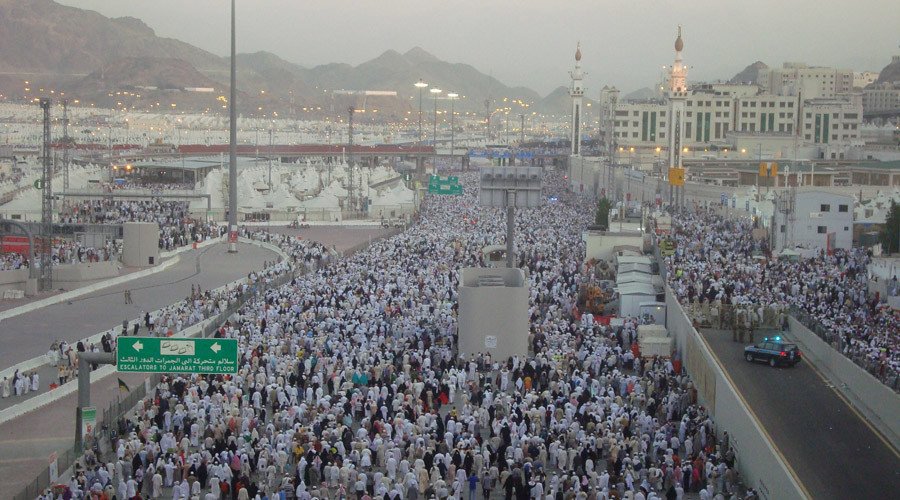World’s most remarkable man-made disasters (PHOTOS)
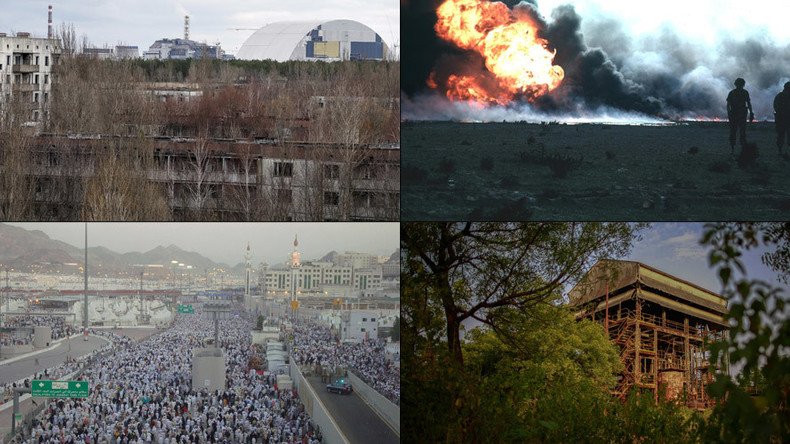
The world has much that can harm humans, from tsunamis to deadly diseases. But often we manage to do the job ourselves, through negligence, bad judgment or pure malice. RT takes a look at seven of the most remarkable man-made disasters.
Chernobyl nuclear plant explosion
Arguably the worst thing you can do if you have a nuclear power plant is shut off safety systems and do some experimenting. Especially if you lack experience and ignore the instruction manual. However, that’s what happened at the Chernobyl plant in 1986, turning the name into a synonym of nuclear power gone amok. The disaster caused only 31 deaths directly, but harmed tens of thousands and left a large portion of Belarus and Ukraine contaminated for decades to come.
READ MORE: Chernobyl 30 years on: Reliving horror of world’s worst nuclear accident
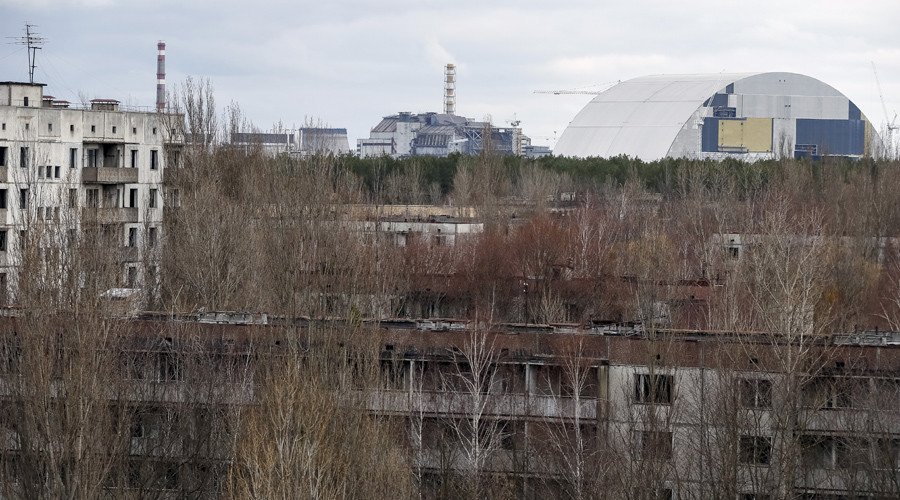
Bhopal gas leak
The world’s deadliest industrial incident happened in India in 1984, when a cloud of toxic gases erupted from a Bhopal chemical plant and engulfed the adjacent slums. The death toll was at least 3,700 and probably as high as 16,000. The US owner of the plant, Union Carbide, and its Indian subsidiary were ordered to pay $470 million in compensation. It was only in 2010 that an Indian court convicted seven former employees for causing death by negligence. None of the accused were foreigners.
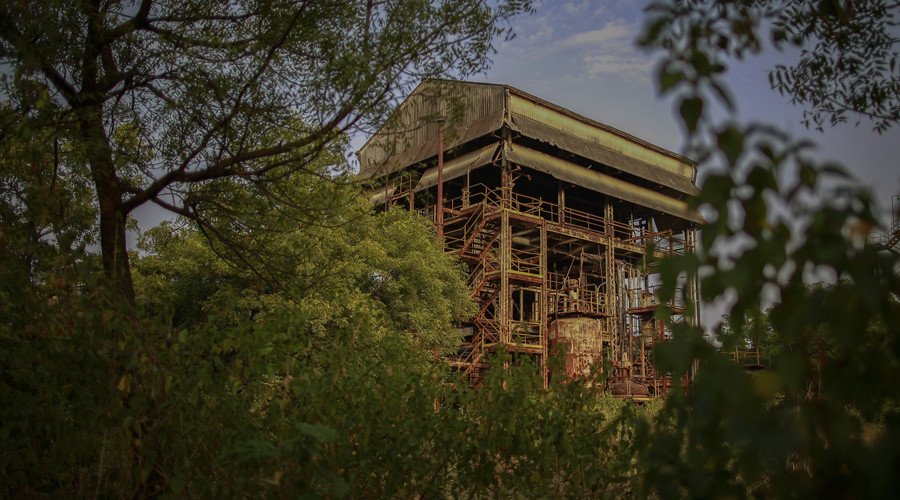
Kuwaiti oil fires
Kuwait’s overproduction of crude and slant drilling at disputed border oil fields were one of the justifications of Saddam Hussein’s invasion of its neighbor in 1990. As the Iraqi Army was bombarded by US warplanes, its engineers set hundreds of Kuwaiti oil wells, refineries and tanks on fire in a devastating scorched earth tactic. The fires accounted for roughly half of the entire number recorded in modern petroleum industry. The last was finally extinguished in November 1991.
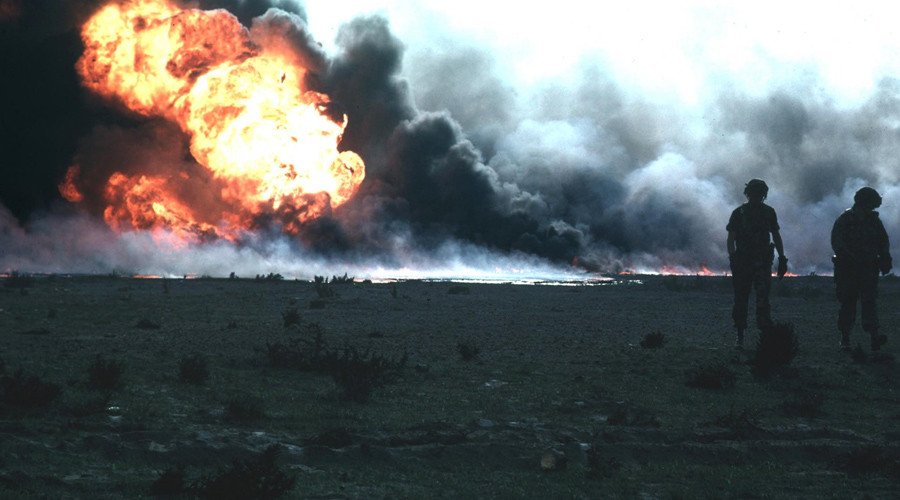
Anti-Japanese Yellow River flood
China saw a much deadlier example of disaster used as warfare in 1938. The nationalist government controlling the central part of the country tried to deter the invading Imperial Japanese forces by opening dikes on the Yellow River near the city of Zhengzhou. The floods destroyed thousands of Chinese villages in three provinces killings hundreds of thousands and turning millions into refugees. The nationalists initially accused Japan of bombing the dam, but ultimately the move caused a surge of support for the communists.
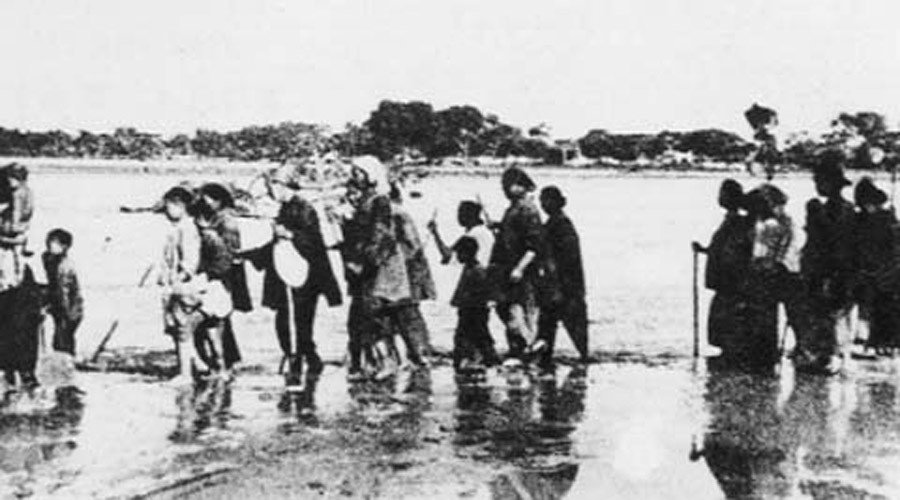
The Great Smog in London
Smog was the by-word for London’s skyline since Victorian times, the coal burned at plants and furnaces being a major contributing factor. In December of 1952, smog proved it was not only an obstacle to sightseeing but also a vicious killer. Cold and stagnant weather lasted for four days, causing toxic gases and smoke particles to accumulate close to the ground and choke the British capital’s residents. The government estimated that 4,000 people died prematurely and 100,000 others were taken ill. The disaster triggered a campaign to fight environmental pollution.
READ MORE: 60,000 killed annually: UK’s misjudged air pollution highlighted in upcoming report
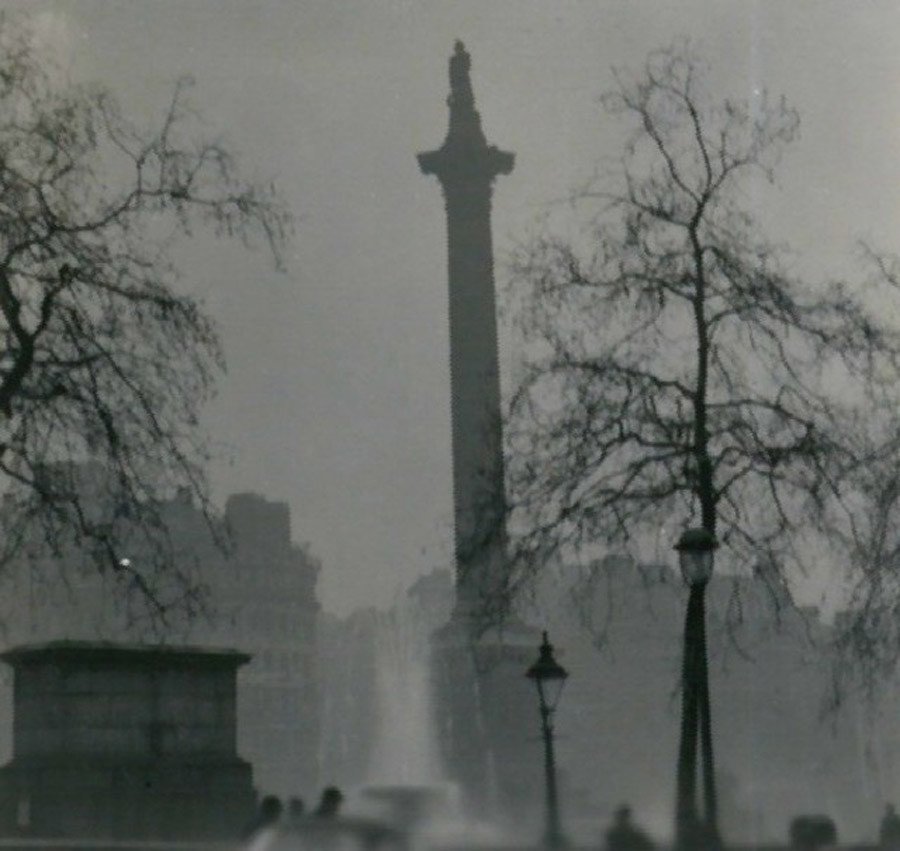
Soldier train derailment in France
One of history’s deadliest train wrecks happened because there were too few locomotives and too much impatience. In 1917, France was hauling thousands of soldiers to and from the frontline. One train operated by the military had a single engine pulling two coupled trains totaling 19 coaches, only three of which had air brakes. As it was travelling near Saint-Michel-de-Maurienne station at a speed of over 100 kmp/h, or 2.5 times faster than the speed limit, the train derailed. The smashed wooden cars caught fire, a situation made worse by the explosives the soldiers had with them. The accident killed some 700 troops - almost half were never identified.
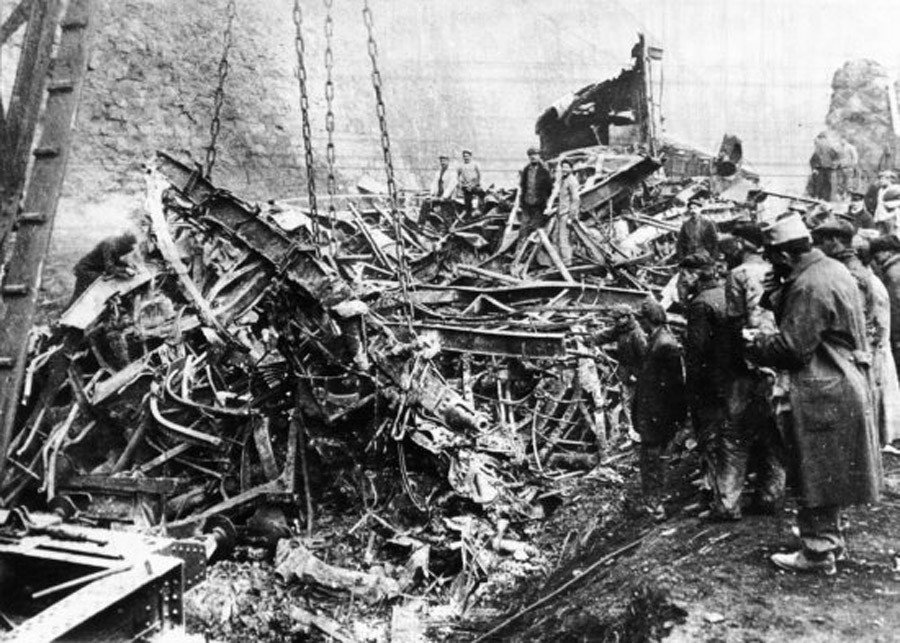
Hajj stampede of 2015
Sometimes nothing but a big crowd is needed to inadvertently kill hundreds. In 2015, over 2,000 people were killed in a stampede in Mina, Mecca, as they were making their Hajj. It was the latest and the deadliest in a series of similar deadly incidents in the Saudi Arabia-controlled holy city of Islam, its cause remaining unclear. The incident further ignited the long-time enmity between Riyadh and Tehran, as Iranian nationals were among the most numerous casualties.
READ MORE: 1,453 people died in Mecca’s Hajj stampede – media toll
